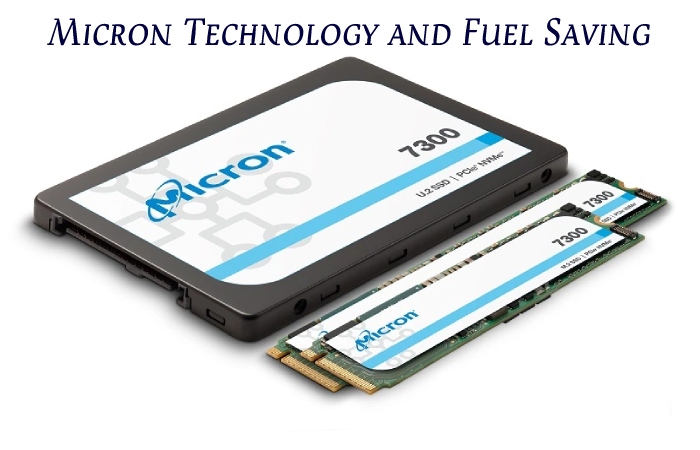What is Micron Technology? – Micron Technology is the foundation of all Micron antifoulings, and their formulations are second to none. Micron Technology was first introduced to the marine industry in the early 1980s. It has evolved into the market-leading antifouling.
Durable, multi-season, the possibility of hauling and launching without repainting
Controlled smoothing reduces paint buildup, eliminates the need for sanding
Micron Technology produces a smoother surface than hard matrix antifoulings – optimizing fuel efficiency
Unlike older high copper antifoulings, Micron uses less copper but is more effective for very long-lasting antifouling protection
Table of Contents
Micron Technology vs. Old Hard Matrix Antifoulings
If old high copper content hard antifoulings are used for many years, the paint film continues to build up, becomes brittle, and begins to crack and flake. Antifoulings with Micron Technology sand at a controlled interval and therefore will never produce a buildup of thickness. However, it is precisely the controlled smoothing that allows Micron on all types of boats, in all waters, and on any occasion! No paint buildup means you never have to remove old layers of Micron and spend valuable time or money every time you want to repaint.
Micron Technology and Fuel Saving
Controlled sanding brings an additional benefit: fuel savings! Basically, the roughness caused by the old high copper hard antifoulings creates extra friction on the hulls, making it necessary to use more horsepower. More horsepower means more fuel consumption, and higher fuel consumption means more expense at the refuelling pump. And also, there is only one way to make sure the hull is smooth: choose Micron Technology. Micron Technology antifoulings sand at a controlled interval leaving the hull soft – and the smoother the hull surface, the less friction; the lower the surface friction, the better the fuel efficiency.

Micron Technology, Inc. is an American constructor of Computer Memory & Computer Data Storing With Dynamic Random Access Memory, Flash Memory, and USB Pen Drives. Moreover, it is headquartered in Boise, Idaho. Its consumer products are advertised under the Crucial
and Ballistix brands.
All in all, Micron and Intel organized created IM Flash Technologies, which produces NAND flash memory. Owned Lexar between 2006 and 2017Enciclopédia site:ao.wikiqube.net
2023 The Memory Expansion Module Portfolio aims to expedite the adoption of CXL 2.0.
Micron Technology has announced the availability of its Micron CZ120 memory expansion modules, available in 128GB and 256GB capacities in the E3.S 2T form factor. These modules can run up to 36GB/s memory read/write bandwidth and augment standard server systems. They use Compute Express Link™ standards and support the CXL 2.0 Type 3 standard.
Micron is advancing the adoption of CXL memory with the CZ120 sampling milestone, testing its CZ120 memory expansion modules on Intel and AMD platforms. Intel collaborates with Micron to test and evaluate the CZ120 memory module on its 4th-generation Xeon Scalable processors and Xeon platforms.
1978–1999
Micron was originated in Boise, Idaho, in 1978 by Ward Parkinson, Joe Parkinson, Dennis Wilson, and Doug Pitman as a semiconductor design consulting firm. Initial funding was provided by local Idaho entrepreneurs Tom Nicholson, Allen Noble, Rudolph Nelson, and Ron Yanke.
However, it subsequently received a grant from Idaho billionaire JR Simplot, who prospered in the potato business. In 1981, the company moved from manufacturing with its first wafer unit manufacturing, producing 64K DRAM chips.
In 1984, the company went public.
And in 1994, creator Joe Parkinson retired as CEO, and Steve Appleton took over as President, President, and CEO.
However, a 1996 3-way merger of ZEOS International, Micron Computer, and Micron Custom Manufacturing Services (MCMS) increased the size and scope of the company. And also, this quickly followed the acquisition of NetFrame Systems in 1997, an attempt to break into the midrange server industry.
2000 – Present
Year 2000
In 2000, Gurtej Singh Sandhu & Trung T. Doan of Micron started developing high-k atomic layer deposition films for DRAM memory devices. It helped drive the cost-effective implementation of semiconductor memory, beginning with 90 nm node DRAM. And also, throwing double standard was initiated by Gurtej Singh Sandhu in Micron during the 2000s, leading to the development of 30 nm class NAND flash memory, and has since been widely adopted by the NAND flash and RAM manufacturers around the world.
Micron and Intel twisted a joint venture in 2005, based at IM Flash Technologies in Lehi, Utah. However, the two companies formed an additional joint venture in 2011, IM Flash Singapore in Singapore. In 2012, Micron became the sole owner of this second joint venture.
Year 2006
In 2006, Micron acquired Lexar, an American producer of digital media products.
The company changed leadership again in June 2007, with COO Mark Durcan becoming president.
In 2008, Micron spun off Aptina Imaging, which ON Semiconductor learned in 2014. Micron retained an interest in the spin-off. However, the leading company suffered setbacks, requiring 15 per cent of its workforce layoffs in October 2008. During that time, the company also announced the purchase of Qimonda’s stake in Inotera Technologies by $400 million.
Moreover, the trend of layoffs and acquisitions was sustained in 2009 with an additional 2,000 employees’ release and the purchase of microdisplay company FLCOS Displaytech. However, Micron agreed to buy flash chip maker Numonyx for $1.27 billion of shares in February 2010.
Mark Durcan replaced Appleton as CEO shortly after that, eliminating his former title of president. In 2012-2014, Micron again went through a cycle of layoffs and acquisitions, becoming the majority shareholder of Inotera Memories, acquiring Memória Elpida for $2 billion, and the remaining shares Rexchip. It is a company manufacturing PC memory chips between Powerchip and Elpida Memory for $334 million while proclaiming plans to lay off approximately 3,000 workers.
However, with the acquisition of Elpida, Micron became a major supplier to Apple Inc. for the
iPhone and iPad.
